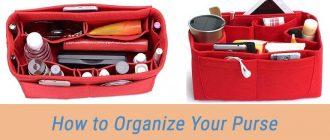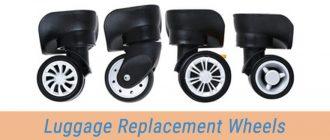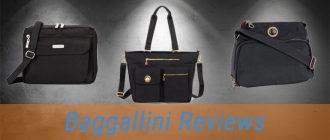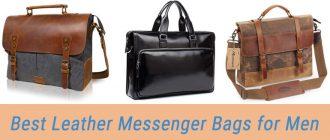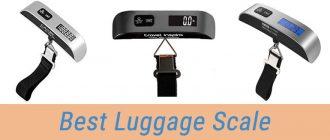When choosing luggage, there are several decisions that you will have to make among all the various options out there. The first of these decisions will be whether you are going to buy hard-side or soft-side luggage. There are pros and cons to both types.
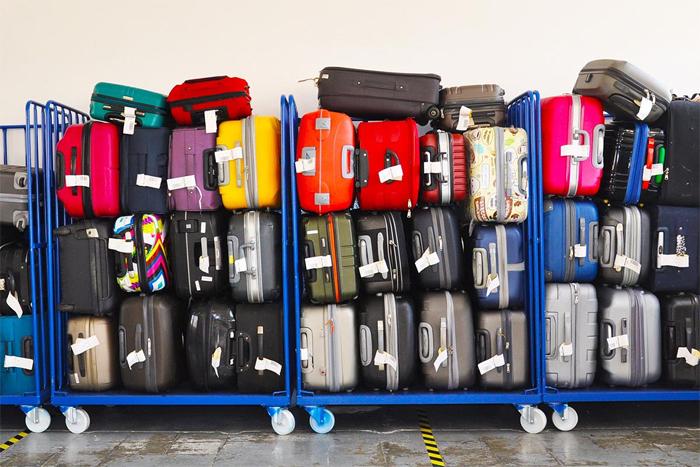
The main qualities you should use for comparison are:
- Packing Room and Expansion
- Durability and Material
- Carry-On Luggage Features
- Pricing
- Security
- Overall Weight
- Mobility/Ease of Use
- Storage
Packing Room and Expansion
A hardsider opens up in the middle and you pack your items on both sides. Some styles have tie-down straps on both sides while others only have them on one. Some use organizer pouches on the side opposite of these straps. While most do have some expansion – up to 2 inches at the most – there is only so much give that the hard outer shell can offer.
A softside bag, on the other hand, can be more forgiving because the material can be pushed from inside. These types of luggage may also have some sort of expansion gusset that allows for even more packing space without stressing the zippers.
In either case, you know you have gone too far if the zippers are pulling apart, unzipping or completely failing. If you have to sit down on the luggage to close it, there is probably too much in there. Keep in mind that an overloaded suitcase could burst open, tear, or be considered “overweight,” resulting in additional fees at the airport.
Advantage: Softside Luggage
Durability and Materials
While there are many types of materials used in both hard- and soft-side luggage, the general materials of choice are polycarbonate plastic and rip-stop nylon or something similar. Polycarbonate is used because it has high impact resistance as well as resists dents and other types of damage. It can be infused with bright, vibrant color during manufacturing as well as textured to hide scratches, abrasions and dirt.
Nylon is a very versatile material and can be treated to be stain- and water-resistant. Nylon and other materials are usually given a rating listed in “deniers.” The higher that number, the thicker the threads that are used to create the material, making it stronger and more resistant to abrasion and ripping.
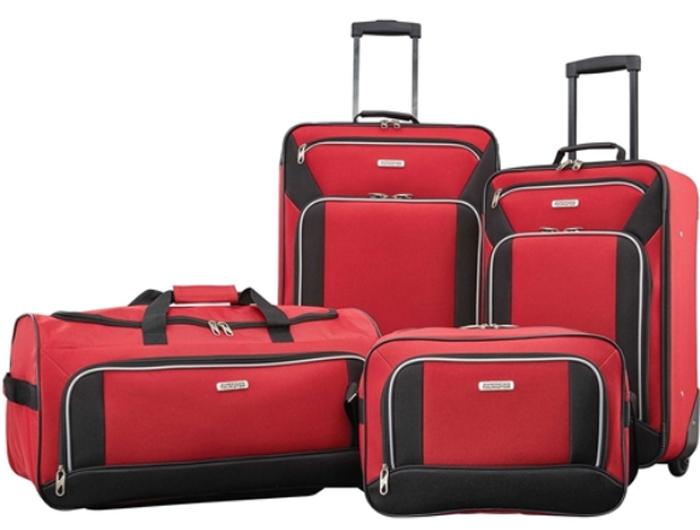
Plastics can become brittle, especially when exposed to temperature extremes. They can crack or split. Weaker areas of the suitcase, usually around joints, latches and similar areas, are usually the first places to fail. Nylon and other materials can fray with time and may start showing loose threads. A small snag can become a huge rip with little effort.
Advantage: Neither. Both have similar pros and cons depending on the brand and the overall quality of the suitcase you have selected.
Carry On Luggage
Both styles of luggage come in a wide range of sizes; however, most people look for either a simple carry-on single, a larger checked bag, or a set. A set will give you the most options, especially if you are a frequent traveler. The one that will likely cause you the most potential trouble, though, is the carry-on.
Airline regulations and standards change frequently in relation to carry-on luggage. Everything you are carrying on to the plane must fit all of the criteria or you will have to check the bag, resulting in possible delays, expenses, and possibly even missed flights and even more expense.
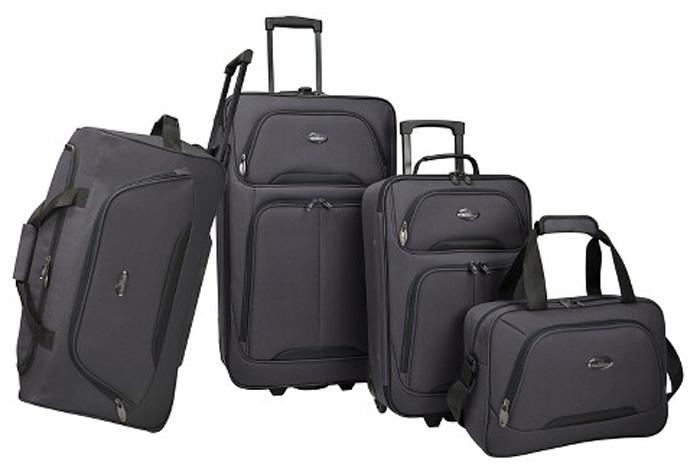
Once you are sure that your luggage meets the size standards, you will have to be able to stow the piece in the overhead bins. Soft-side luggage is easier to fit and has the most give when it comes to fitting in tight spots. It may also be easier to stow under the seat as well.
Pricing
It is important to know the general price range, which can vary wildly between brands and sellers. Even among the brands there are different “lines” that may be higher- or lower-end items, so setting a reasonable budget and then working from there will narrow your search dramatically. The old saying that you get what you pay for is particularly true here: lower-end luggage tends to use the very lowest limit of materials, which can mean ending a trip with all of your stuff in garbage bags or having to spend vacation dollars on new luggage when yours fails.
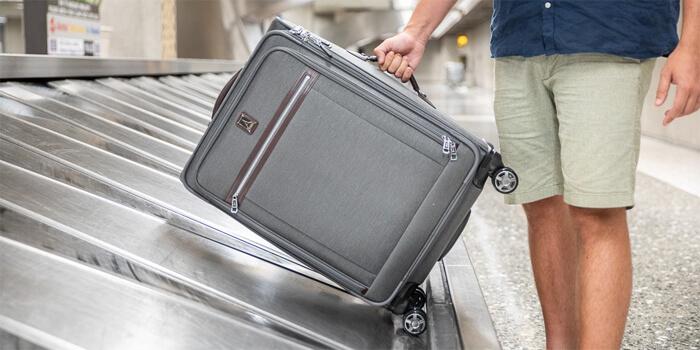
If you have a brand you trust, start your search there. Read honest reviews and then consider having a look at the item in person, even if you are going to buy online for a better price or more color options. If you can afford to buy a better-quality piece or whole set, do so, especially if you travel more than a few times a year. Consider the extra expense as an investment.
Advantage: Soft-side luggage averages slightly less expensive than hard-side, but without some of the security features, making it a wash.
Security
Because of new regulations on airlines, you can’t just install any lock you want on your luggage. In addition to not meeting guidelines, some locks are prone to snagging on things including baggage conveyor belts and then getting ripped off, sometimes pulling the luggage apart in the process. Lower-profile locks are good but still must comply with TSA guidelines, which means that they can be opened if further inspection of your bags is required.
This is one area where hardside luggage is really top-notch. Many brands use integrated TSA locks that are standard features on their luggage. These locks are built right in to the luggage shell and are easier to use, less likely to catch on things, and meet TSA standards. These are not available on softside luggage for obvious reasons.
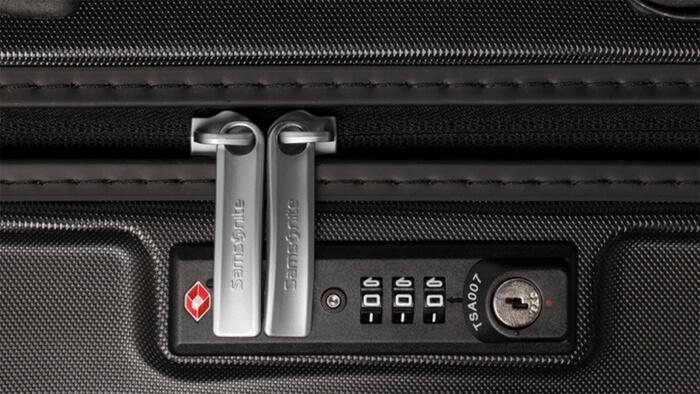
A potential thief could slash open soft luggage, rifle through belongings, and steal anything worth taking in mere moments. Hardside luggage is harder to break into, requiring a thief to steal the whole thing, which puts them at risk of being spotted and caught.
Advantage: Hardside luggage
Overall Weight
Polycarbonate plastic is meant to be strong but surprisingly light, so there may be very little real difference in weight here. Wheels and wheel frames may add extra weight. Usually the better-quality wheels are a bit heavier, but they work better so it is a trade-off.
Advantage: Both are similar and may depend on the style of the wheels that are used as well as other features.
Mobility and Ease of Use
Telescoping handles and wheels are standard features on both soft- and hardside luggage these days. However, they are not all designed alike. The best telescoping handles have several height settings that actually lock into place and work easily. Push-button handles are ideal because you don’t have to use both hands to extend the handle to the right height.
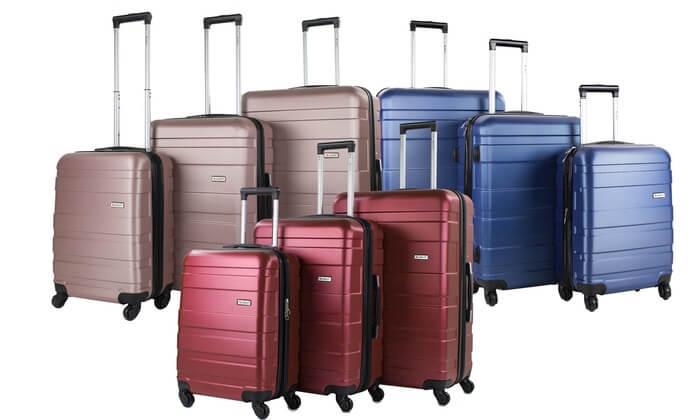
Wheels are either inline or spinners. Spinner wheels are the type that rotate all the way around and are easier to pivot and turn, especially in tight places. You can choose either single or double spinners. The advantage with the double spinner wheels is added stability and smoother gliding.
Both styles of bags should be weight-centered so that you are smoothly rolling your luggage rather than dragging it behind you.
Advantage: Both hard- and softside luggage can get this either very right or very wrong, and it may depend on the brand name as well as the style of wheels. Double spinners are typically the better choice.
Storage
A single suitcase may not be hard to store but an entire set could take up more room than you care to give. Most sets, especially the hardsiders, are meant to be stored by nesting them in one another. It may be possible to slide soft-side luggage under a bed or in another narrow spot that the hard-side pieces may not fit. Otherwise, there is little difference between storing either type. Note: Adding a dryer sheet or something similar to the luggage between uses prevents any musty or other odors that can transfer to your clothing during your trip.
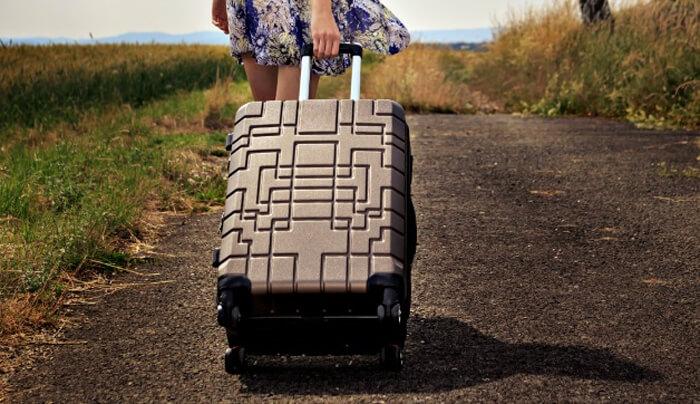
Cleaning
A final category to consider is cleaning the exterior of your luggage. Plastics are easy to wipe clean unless they are really grimy. Nylon and other materials can be spot-washed. If properly treated, most nylons will repel typical stains. If you do need to remove a stain, check the labels of any type of cleanser and do a small spot-check before attempting to clean the entire bag.
Advantage: Hardside luggage is usually much easier to keep clean and should only require a damp cloth and mild detergent.
Which is better luggage soft or hard?
In most categories there is going to be some slight advantage for one type or another and clearly, neither the hardside nor softside luggage was the clear winner in every situation. Personal preferences and needs, as well as taste, should play a role in your luggage decision-making process. Pick the feature that is most important to you, and then narrow down your choices by that.


